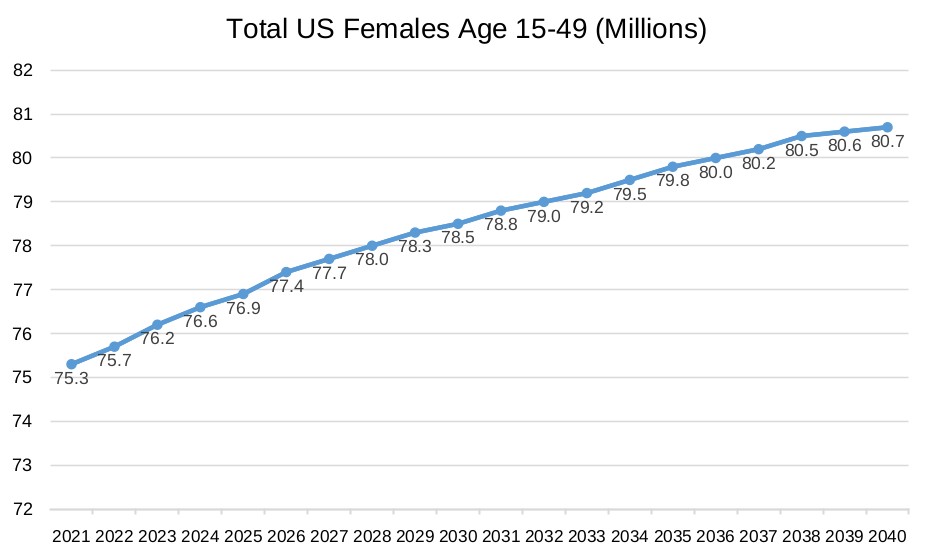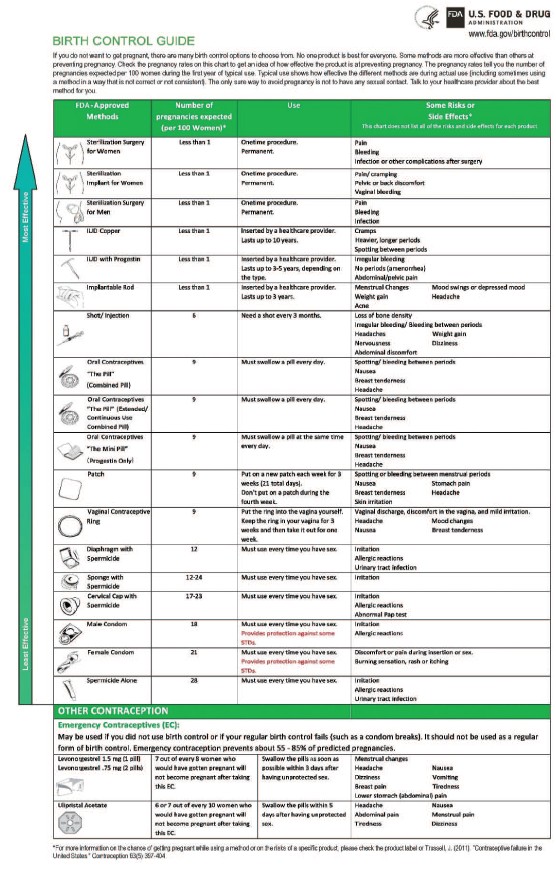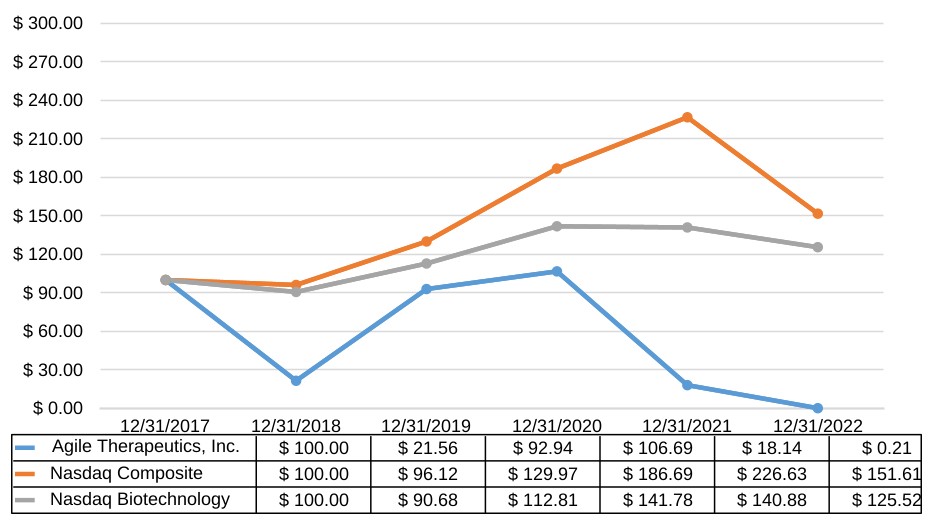pending patent applications. Moreover, we may have to participate in interference proceedings declared by the U.S. Patent and Trademark Office, USPTO, to determine priority of invention, or in post-grant challenge proceedings in the USPTO or foreign patent offices such as oppositions, reexamination, inter-partes review, post grant review, or a derivation proceeding, that challenge our entitlement to an invention or the patentability of one or more claims in our patent applications or issued patents. Such proceedings could result in substantial cost, even if the eventual outcome is favorable to us.
More specifically, Twirla is a transdermal contraceptive hormone delivery system. The system is a patch for application to the skin and contains two API, the hormones LNG, which is a synthetic progestin, and EE, a synthetic estrogen. The API are formulated with a combination of skin penetration enhancers, which promote penetration through the dermis and into the bloodstream, such that effective blood levels of the active agents are achieved to suppress ovulation and thereby prevent pregnancy.
In our Twirla product candidate line the active adhesive system consists of the active ingredients in a polyacrylate adhesive polymer matrix comprising the permeation enhancers dimethylsulfoxide, ethyl lactate, capric acid and lauryl lactate. The active blend is coated onto a release liner, and a backing layer is added on top of the active blend. The peripheral adhesive system comprising three layers, also called the overlay, is added onto the backing layer. The overlay comprises a polyisobutylene adhesive layer, an acrylic adhesive layer, and an overlay covering. The overlay covering is a commercially available silk-like polyester fabric. The adhesive components of the overlay, in addition to their adhesive function, create an in situ seal with the disposable release liner, trapping evaporable solvents in the active blend, thereby extending the usable shelf life of the product candidate and contributing to the comfort and effectiveness of the transdermal system during use. Prior to use of any of our potential product candidates, the release liner is removed by the user and discarded. The patch is then applied to the skin.
Three U.S. patents are listed in the FDA’s Orange Book. Five other previously-listed U.S. patents have now expired. Of those expired U.S. Patents, foreign counterparts have been granted and remain in force in China, Hong Kong, India, Israel and Mexico. Those patents are directed to the dried final product formulation used in Twirla and to methods of administration.
U.S. Patent Nos. 8,246,978, 8,747,888, and 9,050,348, currently listed in the Orange Book, are directed to structural features of the transdermal delivery system used in Twirla patch design for transdermal delivery of hormones or of other drugs. As such, these patents protect a platform technology for delivery of LNG, EE, other hormones, and other drugs. These patents expire in July and August 2028. Foreign counterparts have been granted in Australia, Brazil, Canada, Eurasia, Switzerland, Germany, Spain, France, United Kingdom, Hong Kong, Ireland, India, Italy, Japan, Netherlands, New Zealand and Japan.
U.S. Patent Nos. 9,198,876, 9,192,614, 9,198,919, 9,198,920, 9,775,847 and 9,782,419 and related patents and patent applications are directed to various novel dosing regimens, each of which employs transdermal delivery of contraceptive doses of EE and LNG during a “treatment interval” and transdermal delivery of low dose EE and low dose LNG during a “withdrawal interval”. Foreign counterparts are granted in Europe and Canada. We expect these patents will be relevant to two of the products in our pipeline, AG200-SP and AG200-ER, as well as other new potential regimens. These patents expire in October 2029.
U.S. Patent No. 9,364,487 is directed to a composition and device for transdermal delivery of LNG for P-only therapy. The composition contains an anti-oxidant to protect the progestin against oxidative degradation caused by other components of the composition. Foreign counterparts are granted in Canada, Europe, Hong Kong, India, Japan and Mexico. Though not relevant to any current pipeline products, these patents may be useful for protection of future products. These patents expire in November 2032.
We have patent applications pending in the United States and certain foreign jurisdictions directed to novel formulations and methods designed to improve efficacy and modulate side effects of administration, as well as to provide personalized dosing based on body weight or BMI. We also have a pending United States patent application directed to packaging for transdermal systems containing certain skin permeation enhancers.


